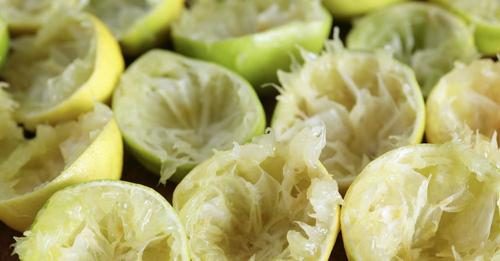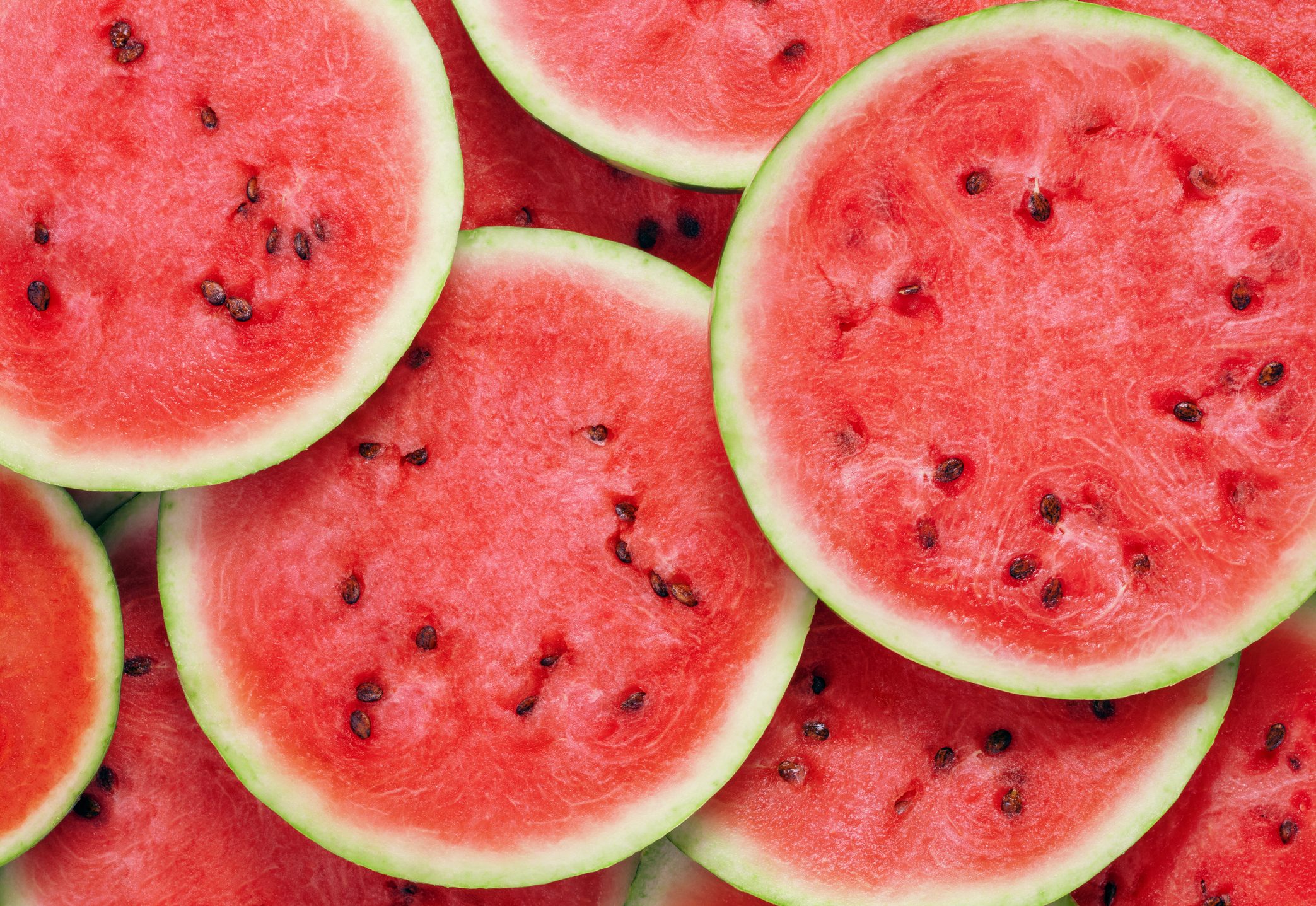10 Unique Ways To Put Your Leftover Lemon Peels To Good Use
Lemons are the ultimate ingredient for beauty hacks thanks to their acidic properties, many have found. Their peels are, however, commonly thrown out! This is even though these can be used in even more unique ways. Did you know that lemon peels can be used to clean tough stains, preserve food, and eaten when candied?
;Resize,width=742;)
Lemon rinds may even prove more useful than the fruit's juice when it comes to unique hacks. This is because of the unique properties; an example is a citrusy scent they are known to give off as well as their low pH, which makes them very useful around the home in different ways.
1. Clean cutting boards

Cutting boards are some of the dirtiest places about the home because they easily harbor germs that feed on cut meat and vegetables.
With its acidic properties, Lemon does a perfect job of eliminating such germs and rid the board of any pungent smells from foods like garlic.
2. Whiten teeth

Lemon rinds are acidic, which makes them perfect for teeth whitening. All you have to do is run the insides of the peels continuously on your teeth for a few minutes. Then, rinse.
3. Make Citrus Vinegar Hair Rinse

Make this special conditioning rinse that combines two potent ingredients (lemons and vinegar) for shiny and healthy hair. This is especially recommended for people that have an excessively greasy scalp and hair.
To prepare:
Pour apple cider vinegar over lemon peels in a bowl.
Allow this to sit for about two weeks
Strain the peels out from the mixture.
To use: pour a tablespoon of the solution to 1 cup of water, and use it as a conditioning rinse after shampooing. After application, you can choose to leave the rinse or wait for a few minutes before rinsing it out.
4. Make a sweet-smelling fragrance

Throw a handful of leftover lemon peels into your fireplace or wood-burning stove for a natural and long-lasting citrusy fragrance about your home.
If you don't have a fireplace, boil the leftover peels inside a pot; this method lets you add other fragrances like Cinnamon and vanilla. Add more water as needed.
5. For facials

Lemon peels are good for toning skin because of their acidity. So save your lemon peels for when next you are giving yourself a home facial.
To apply, run the inside of the peels directly on your face using slow motions. You can let the juice dry on your skin or rinse it off after about 15 minutes. Repeat every day.
Alternatively, you can rub the inside of a lemon over your skin, then apply a honey mask; let it stay for about 20 minutes and then rinse off.
6. Spice food

Freeze lemon rinds to make zest. Alternatively, you can cut the leftover peels into strips and dry them in a dehydrator or oven. Store in a tightly sealed jar when dry.
These can be added to any meal, whether baked, fried, or boiled. You'll surely love the citrusy notes they add.
7. Make homemade lemon pepper

Another smart way to use lemon peels in the kitchen is in preparing your very own lemon pepper seasoning, which can be used to spice any meal.
To prepare:
Dry the lemon peels in a dehydrator or oven.
When dry, pour the skins in a grinder or blender alongside whole peppercorns and coarse sea salt.
The mix will make a very delicious seasoning for any meal!
8. Make candied lemon peels

Have you ever tried eating lemon peels then regretted it soon after because of its strong bitter taste? Well, candying the skins makes it more edible; they even add a fancy touch when used to prepare any dessert.
9. Make vitamin C powder

Lemon peels contain high levels of vitamin C. Make your own vitamin C powder by drying the rinds in a 200° oven then grinding it until its powdery. Apply this on your face regularly for youthful skin.
10. Remove rust stains

The acidic feature of lemons makes them very helpful in removing rust stains. To use, pour salt over the affected area then rub with half of the fruit that still has pulp inside. Let the salt and lemon sit for several hours, scrubbing if needed. Rinse afterward.
These are ten important uses of lemon rinds, but we are well aware that there are many more. Do you know any more clever ways to put them to good use?
;Resize,width=767;)
;Resize,width=712;)
;Resize,width=712;)
;Resize,width=712;)
